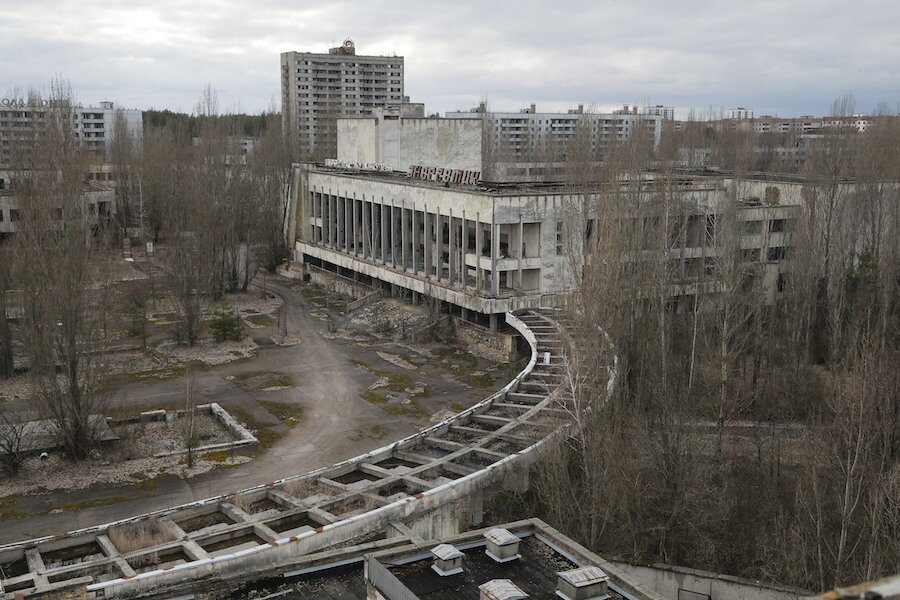A look at the 1986 Chernobyl nuclear disaster in numbers
Loading...
| Chernobyl, Ukraine
Telling the story of Chernobyl in numbers 30 years later involves dauntingly large figures and others that are even more vexing because they're still unknown. A look at numbers that hint at the scope of the world's worst nuclear accident, the explosion and fire at the Chernobyl nuclear power plant on April 26, 1986:
• More than 2 billion euros ($2.25 billion): The amount of money being spent by an internationally funded project to build a long-term shelter over the building containing Chernobyl's exploded reactor. Once the structure is in place, work will begin to remove the reactor and the lava-like radioactive waste.
• 4,762 square kilometers (1,838 square miles): The amount of land around the plant that had to be abandoned because of heavy radiation and fallout, about half of it in Ukraine, where the plant is located, and the rest in Belarus. The area is approximately equal to the size of Rhode Island.
• About 600,000 people: Chernobyl's so-called "liquidators," those sent in to fight the fire and clean up the worst of the nuclear plant's contamination. They were all exposed to elevated radiation levels.
• About 350,000 people: Those evacuated from the explosion area in the early days after the accident, including all the 45,000 residents of the plant workers' city of Pripyat, or subsequently resettled by the government.
• 30 workers: Plant employees who died in the explosion or from Acute Radiation Sickness within months.
• 2 days: The length of time until the world knew anything about the blast. Only after workers at a Swedish nuclear plant detected fallout and then analyzed where it could have come from did a picture of what had happened begin to form. The state-controlled Soviet news media waited nearly three days to acknowledge anything had gone wrong, and even then downplayed its severity.







